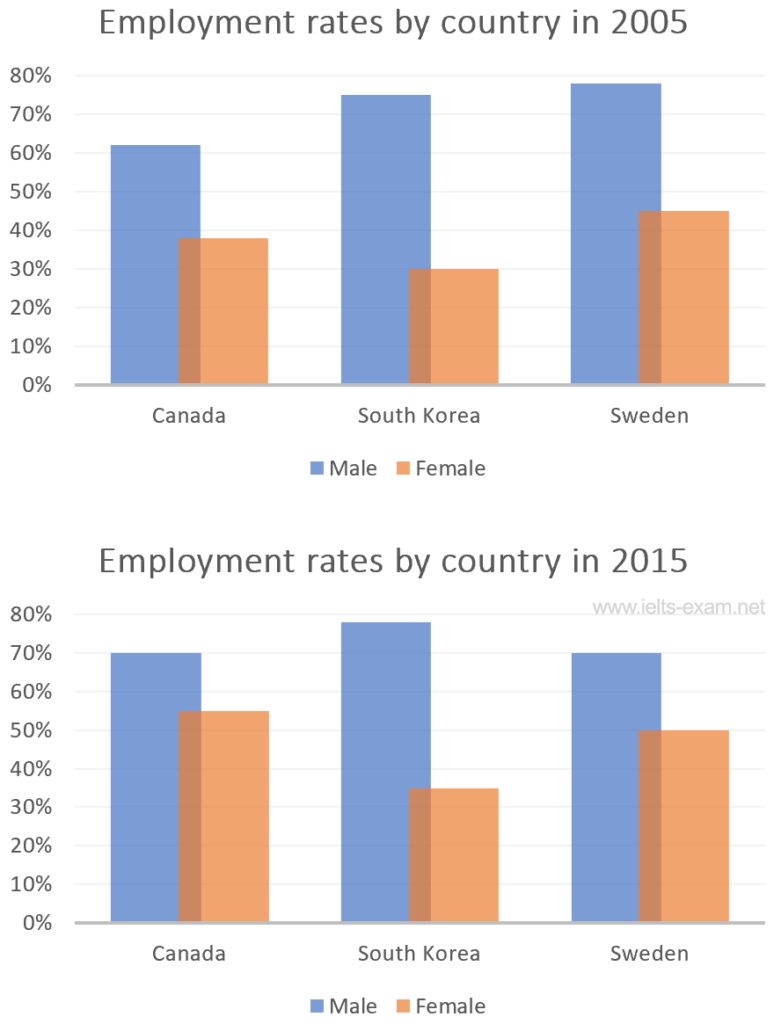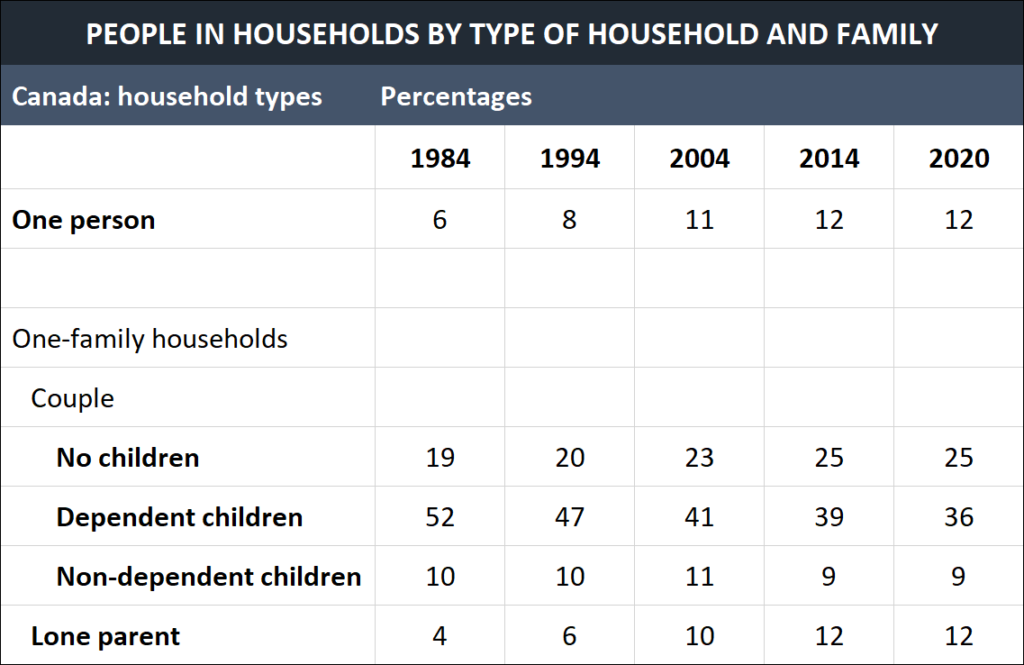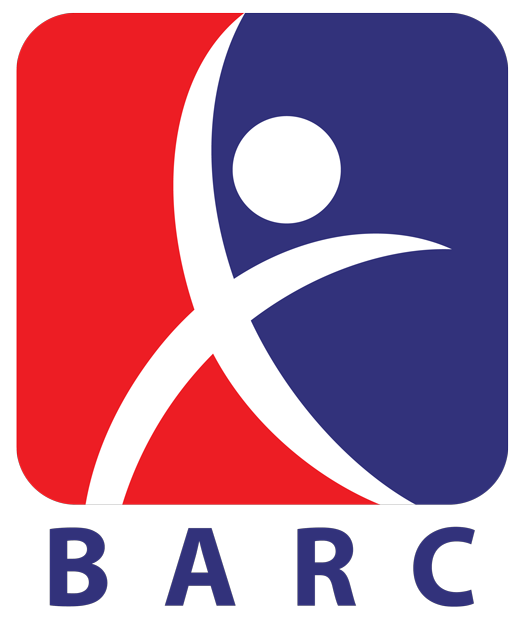Top 10 mistakes to avoid in IELTS Writing task 1
Mistakes are an integral part of all of us. In IELTS writing task 1, this tendency is seen even more frequently as there is a concise time allocated for task 1. Making mistakes is not something unpleasant; repeating the same mistakes over and again is doltish.
IELTS task-1 involves very limited words. Therefore, mistakes in this task will seem salient unless these are minor. However, mistakes would not matter much as long as you turn yourself into a quick learner by rectifying your mistakes. This blog includes the top 10 mistakes that a large number of candidates make in writing task 1.
1. Copying the question statement
If you are wondering about what’s paraphrasing, paraphrasing is conveying the same message in different words. Some simply don’t know how to paraphrase the question.
Others cease to believe that paraphrasing the question helps boost the band score in writing. Let’s look at the example below about how paraphrasing works.
Question:
The bar charts below show the percentages of men and women in employment in three countries in 2005 and 2015.
Summarize the information by selecting and reporting the main features, and make comparisons where relevant.
Write at least 150 words.

Paraphrased introduction:
The column chart depicts the ratio of male and female employment in Canada, South Korea, and Sweden in the years 2005 and 2015.
Now, notice the way I’ve paraphrased the question statement. I’ve replaced some of the words with other words (in bold) to convey the same thing. Of course, there are multiple other ways to paraphrase the question.
You may also like: IELTS Writing Task 2: Everything You Need to Know
2. Writing trends in detail unless there are very few features in the task
There can be a chart or diagram where you’ll find plenty of information. In the contrary, there are certain charts or diagrams where you will not find a number of ideas; you have to elicit the information instead.
Your approach in both of the cases should be different. Let’s look at the following examples to get a better understanding at describing trends sensibly.
In photo B, there is only one product for you to deal with throughout the task. On the contrary, in photo C, there are two groups you have to deal with in the whole task but there are too many trends available for you. Once you decide to write every detail of this task, you’re going to stumble in completing the response in time.
Again, there are 6 different groups you have to be dealing with while demonstrating the task ‘Photo D’.
What if you describe each and every point of the task? It’s going to be perilous if you are of that mindset because the IELTS Writing task 1 band descriptor discourages it. Look at the photo below.
As you can see from the highlighted part of photo D, it says that band 7 task 1 “presents, highlights and illustrates key features/ bullet points appropriately”.
Here it does not say ‘all features’, rather it says, ‘key features, meaning you can skip the minor features of a chart when you see that there is more than sufficient information. On the flip slide, if you find any task 1 question with very little information, going for the trends in detail is worthwhile.
3. Start writing the response without planning
It’s very usual for the candidates they hurry up in beginning task 1. Hence, their response often ends up being disorganized. And this stems from the hastiness of the candidates. They often begin writing without even thinking about what they are going to write. It might apparently sound a waste of time to you, but it ultimately saves time for you as you don’t need to think throughout the task as you have a concrete plan about how you are going to write the whole task.
4. Not organizing paragraphs logically
Candidates are seen to be accommodating a lot of information in a single paragraph. As a result, the paragraphs either lack adequate ideas and support or contain an overwhelming number of irrelevant points. In both cases, paragraphs are not well-developed. And this will result in poor marks in writing.
For example, in task 1 you can have four paragraphs: Introduction, overview main body 1, and main body 2. In case you place too much information together in a paragraph without grouping them appropriately based on the kind of information you are providing or the type of products you are describing, it can still harm paragraph organization. So, in order to score higher, this is the thing you need to keep in mind.
5. Avoiding writing an overview
This is one of the most frequent mistakes people make in task 1. If you look at the band descriptor of writing task 1 given above, you would point out that it asks for “a clear overview of the main trends”. It does not require full details of the trends or graphs. So writing a succinct overview can drastically maximize your score.
6. Mixing tenses
It’s another common mistake students often make. In my experience of checking hundreds of mock test copies, I have observed that a wide range of students loose track while describing the charts with consistency and accuracy in tenses. To have a clear understanding of how it works, let’s look at some examples.

If you look closely to the photos E, F, G above, you will figure out all of them must be written in three different tenses. Once you begin writing the question ‘Photo E’, your response should be in past tense.
When you attempt writing the question ‘Photo F’, your response should be a combination of past tense and future tense. However, if you go through ‘Photo G’, you have perhaps already come up with the idea that it is map and that you have to write all the updates features in present tense while you should be using the past tense to interpret the old features of the map.
7. Not making comparisons where relevant
Ironically, this is skipped by an overwhelming number of students. Yet, this is something unavoidable in the task 1 response. It’s simply because the band descriptor clearly encourages to ‘present differences’. You have to compare the trends where relevant. Sometimes you can compare contradictory trends and other times you can keep similar trends in one paragraph and the dissimilar trends in another different paragraph.
8. Not checking the writing response before submitting
Due to the shortage of time, it is often the scenario that the majority of the candidates run out of time. Also, the majority of them undergo a crummy time being exhausted after attending the listening and reading test at a stretch. But it’s pragmatic to keep some time reserved for the last-minute revision.
A quick revision in the last few minutes can help you pinpoint several mistakes that could have otherwise dragged your score down. This eventually may serve as a turning point for you. As your brain was engaged in so many things simultaneously—thinking, producing words, and sentences, linking and grouping ideas, making some slips is not implausible for you. But the revision can act as your savior in this respect.
9. Spending more than 20 minutes to complete task 1
It sometimes happens that some of you may spend more than 20 minutes while writing task 1 response. This could either impact your task 2 or leave you dissatisfied. In fact, it is wise to spend more time in task 2 than in task 1. From that standpoint, it is advisable that you spend no more than 20 minutes on IELTS writing task 1.
10. Adding opinions
Adding your personal perspectives could lead you to a catastrophic outcome for you. This will impact your band score fiercely. Therefore, so as to avert the potential catastrophe in your IELTS result, refrain from putting your personal opinion in task 1. In this task, you are asked to describe what you can see from the charts, not what you think about the charts.
Avoiding the mistakes discussed above can help you drive your score up. However, you need to ensure rigorous practice to get rid of these mistakes while being vigilant about rectifying your errors.


Leave a Reply